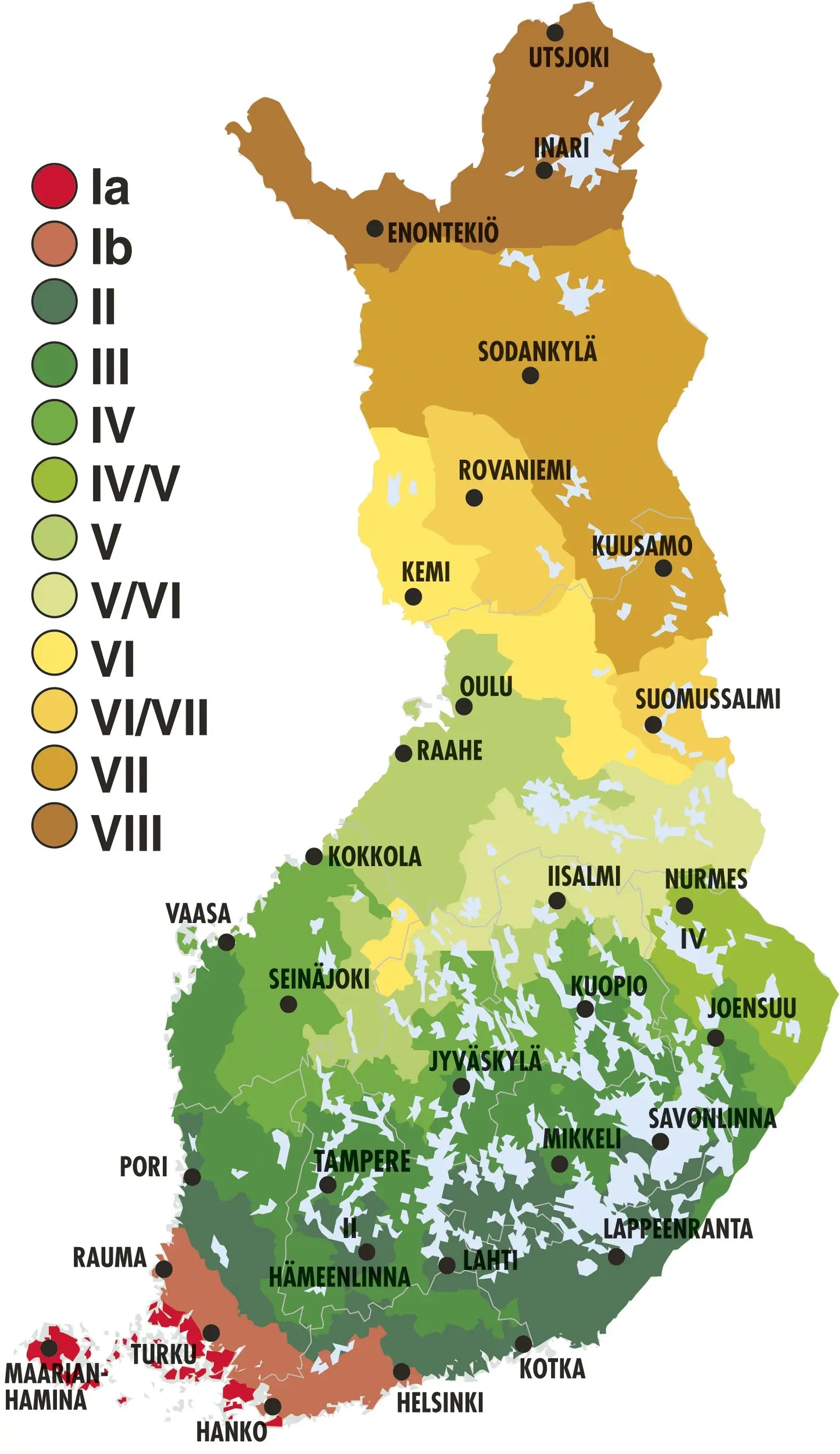The shade spruce is a real living fossil, as the species has already been identified from the layers of the Triassic period, i.e. from the age of the giant lizards. At that time, the shade spruce had spread throughout Eurasia, but later other tree species took over the area. Today, the shade fir is endangered and only grows in small areas in central and southern Japan.
Shade spruce does not resemble any conifer we are familiar with and has no living close relatives. The needles look like they have grown together in pairs and are at the tips of the shoots in an umbrella-shaped whorl, hence the Finnish name of the species. The tree is very slow-growing: it grows only twenty centimeters a year, but can grow into a medium-sized tree in its home region.




















